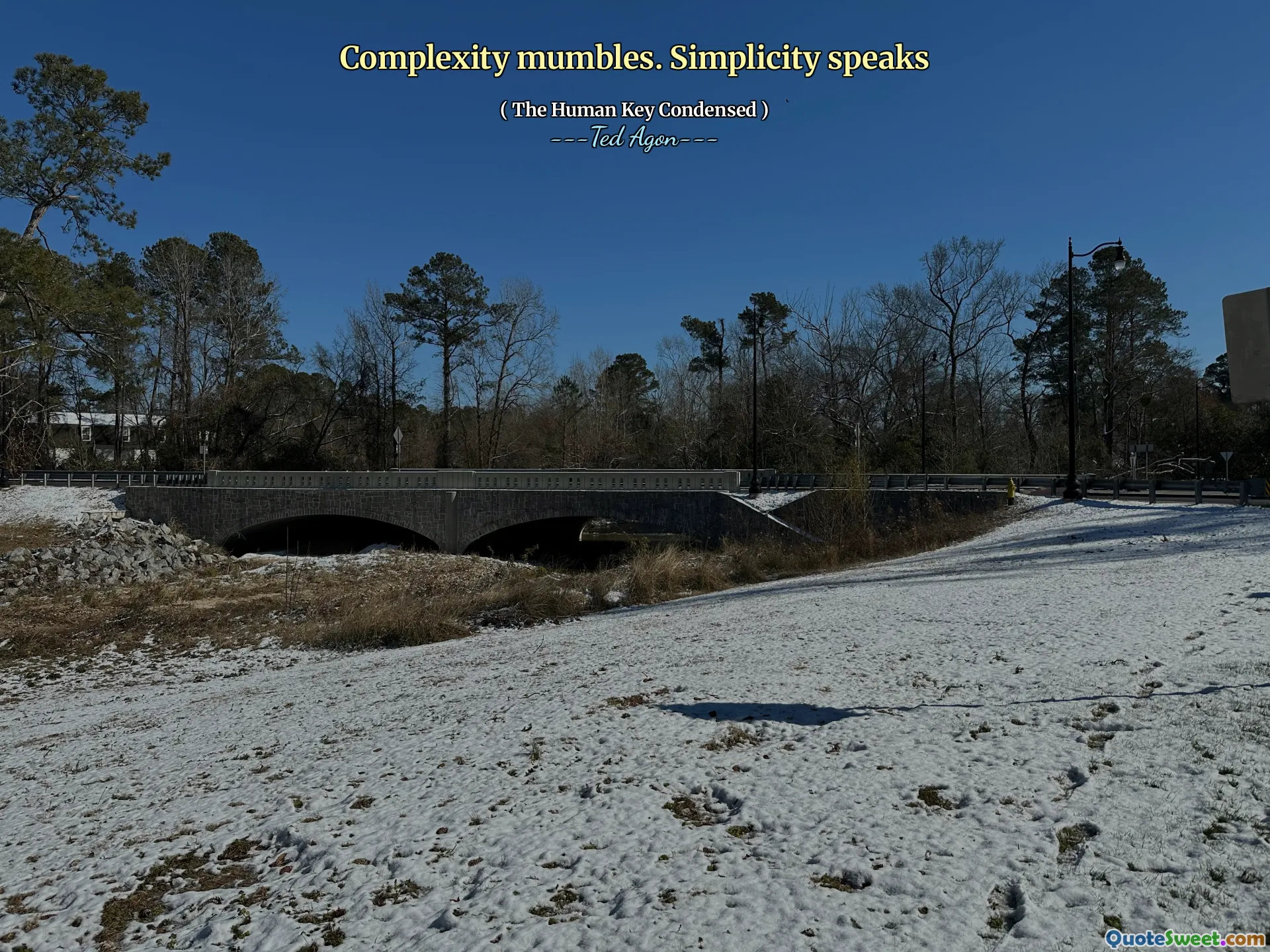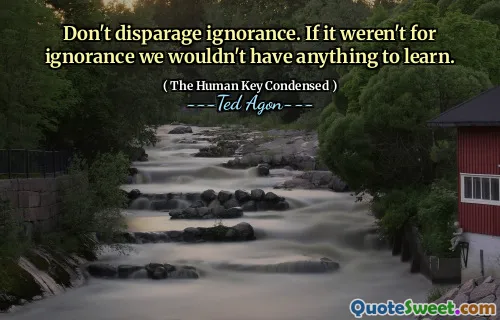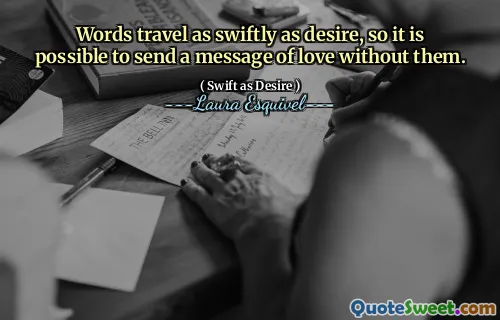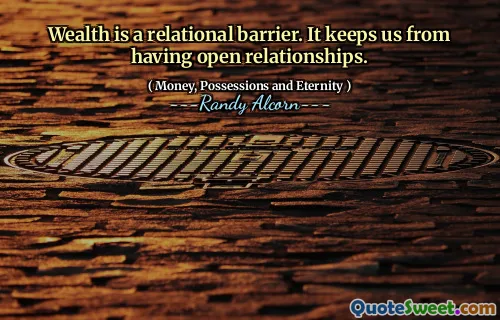
Complexity mumbles. Simplicity speaks
This quote underscores the profound distinction between complexity and simplicity in communication and understanding. Often, when ideas, processes, or concepts become overly complicated, they tend to become opaque, difficult to interpret, and easily misunderstood. Complexity has a tendency to mumble—its message gets lost amidst jargon, numerous layers, or intricate details that may distract rather than clarify. Conversely, simplicity acts like a clear, confident voice that delivers its message directly and eloquently, making it accessible and engaging for a wider audience. In the pursuit of clarity and effective communication, embracing simplicity can be revolutionary. It doesn’t mean stripping away necessary details but rather distilling information to its core essence, enabling better comprehension and connection. Reflecting on this, one can observe how exceptional leaders, educators, and communicators excel not by complicating their messages but by simplifying them—reducing noise and emphasizing key truths. In the same vein, in design, in problem-solving, or even in everyday conversations, the power lies in clarity. The ability to communicate complex ideas in simple terms reflects a deep understanding of the subject matter. It encourages us to prioritize clarity over verbosity and precision over ambiguity, fostering genuine understanding and meaningful engagement. Ultimately, choosing simplicity over complexity nurtures transparency, trust, and authenticity, echoing the idea that sometimes, the most profound truths are conveyed with the least words.





